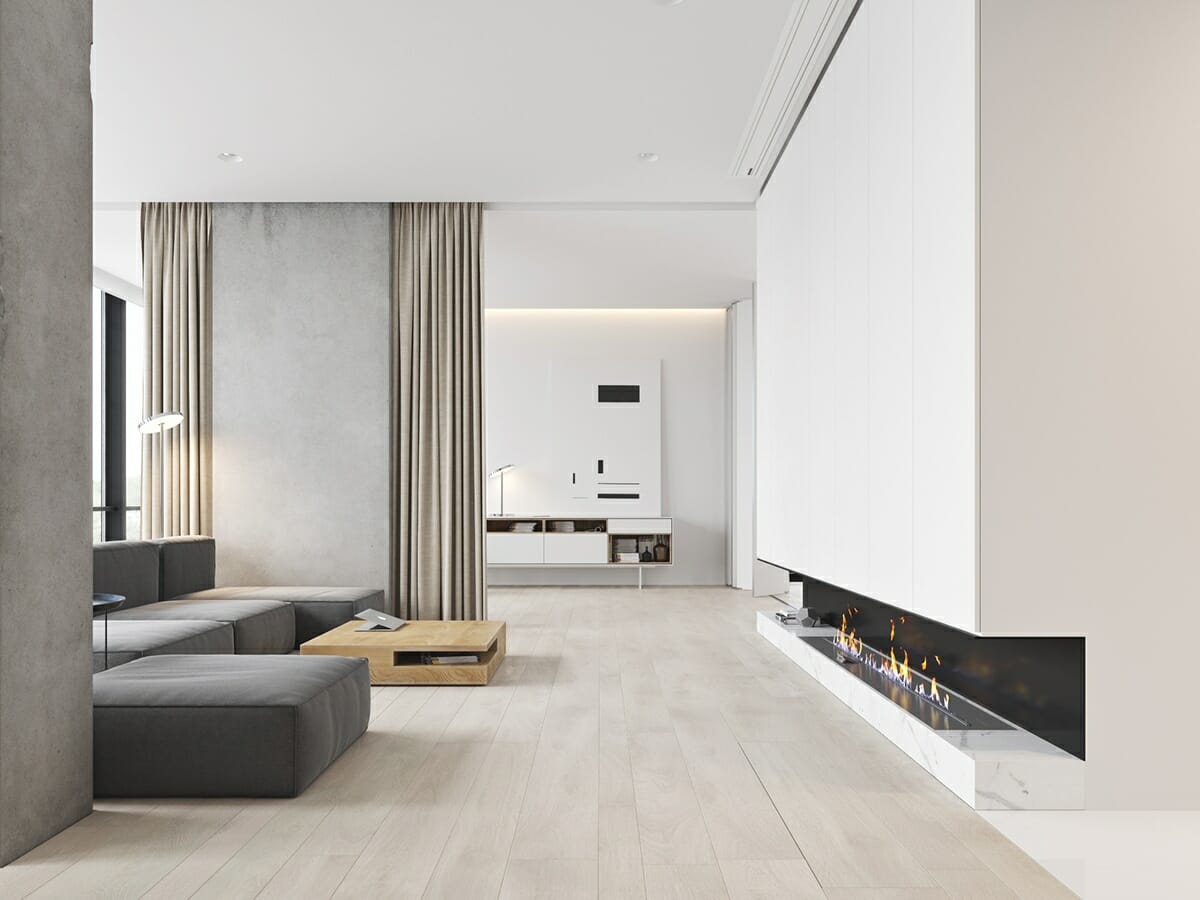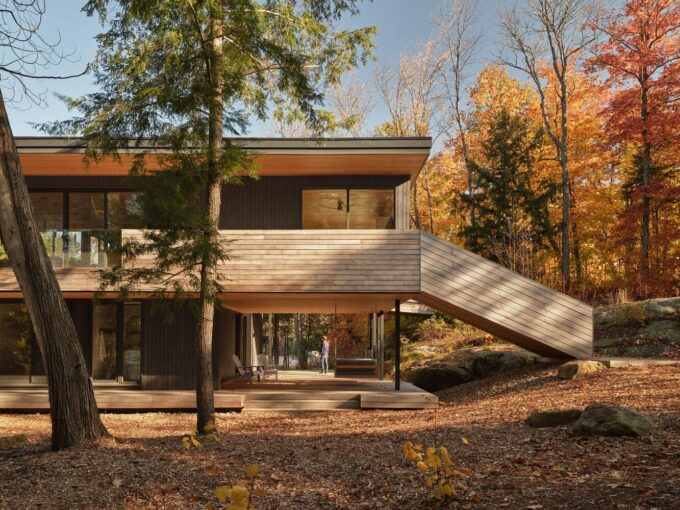- Home
- Articles
- Architectural Portfolio
- Architectral Presentation
- Inspirational Stories
- Architecture News
- Visualization
- BIM Industry
- Facade Design
- Parametric Design
- Career
- Landscape Architecture
- Construction
- Artificial Intelligence
- Sketching
- Design Softwares
- Diagrams
- Writing
- Architectural Tips
- Sustainability
- Courses
- Concept
- Technology
- History & Heritage
- Future of Architecture
- Guides & How-To
- Art & Culture
- Projects
- Interior Design
- Competitions
- Jobs
- Store
- Tools
- More
- Home
- Articles
- Architectural Portfolio
- Architectral Presentation
- Inspirational Stories
- Architecture News
- Visualization
- BIM Industry
- Facade Design
- Parametric Design
- Career
- Landscape Architecture
- Construction
- Artificial Intelligence
- Sketching
- Design Softwares
- Diagrams
- Writing
- Architectural Tips
- Sustainability
- Courses
- Concept
- Technology
- History & Heritage
- Future of Architecture
- Guides & How-To
- Art & Culture
- Projects
- Interior Design
- Competitions
- Jobs
- Store
- Tools
- More
Developing a Unique Architectural Style as a Student

Architecture is as much about functionality and structure as it is about art and individual expression. Just as writers, musicians, and painters have their own styles, architects too have the opportunity to develop their own unique voice in design. For students of architecture, it’s essential to find and nurture this voice early on, to stand out in a highly competitive field. Here’s a guide on how to develop a unique architectural style as a student.
Table of Contents
Toggle1. Understand the Basics First
Before venturing into a distinct style, it’s crucial to understand the foundations of architecture. This includes studying historic and contemporary architectural movements, mastering design principles, and comprehending structural mechanics. A robust foundational knowledge will serve as a springboard for your explorations.
For instance,
Balance: The distribution of visual weight in a structure.
Proportion: The relative size and scale of the various elements in a design.
Rhythm: A repeated pattern or sequence, which could be in the form of columns, beams, or any architectural elements.
Emphasis: Creating centers of interest to guide visual movement throughout a structure.
Unity: The harmonious relationship among all elements of a building.
Materials: Understanding properties of concrete, steel, timber, glass, and newer materials like carbon fiber is crucial. Each material has its strengths, limitations, and appropriate usage scenarios.
Forces: Grasping the basics of forces (tension, compression, torsion) and how they interact with structures is foundational.
Load Distribution: Architects need to understand how loads (like the weight of people, furniture, snow, or wind) are distributed across a building, affecting its stability.
Construction Methods: Different architectural visions may require diverse construction techniques, from traditional masonry to prefabrication or modular construction.
Human Scale: Architectural spaces are for humans, so understanding human proportions and ergonomics is vital.
Flow and Movement: How people move through spaces, and the sequence in which they experience different architectural elements, plays a significant role in design.
Light and Shadow: Understanding how light (both natural and artificial) interacts with spaces is crucial for creating ambiance and functionality.
Understanding these foundational aspects doesn’t just mean rote memorization. Students should immerse themselves, engage in practical exercises, and visit architectural sites when possible. This hands-on, holistic approach will not only cement these foundations but also foster a deeper love and appreciation for the field.

2. Travel, Even if Only Virtually
In the age of technology, travel isn’t always about getting on a plane. Virtual tours, documentaries, and online platforms provide a wealth of information. By exposing yourself to global architectural wonders, you can understand diverse cultural contexts and draw inspiration from a broad palette of designs.
3. Sketch Regularly
Put your thoughts on paper. Sketching is a way to visualize and refine your ideas. Frequent sketching helps in developing a repertoire of forms, spaces, and details that may eventually become signature elements of your style.
4. Challenge Conventional Wisdom
While it’s essential to learn from masters, don’t be constrained by established norms. Dare to ask, “Why not?” Experiment with unconventional materials, explore uncharted design territories, and push the boundaries of traditional design paradigms.
5. Collaborate with Peers
Working with fellow students can provide new perspectives. Every individual brings a unique set of experiences and inspirations to the table. Collaborative projects can often lead to the fusion of ideas, birthing fresh and innovative concepts.
6. Seek Constructive Criticism
Feedback is invaluable in the formative years. Engage professors, peers, and practicing architects to review your work. Listen to their insights but filter them through your own vision. Understand the difference between constructive criticism and personal preference.

7. Engage with Other Art Forms
Architecture isn’t isolated; it intersects with various other art forms like sculpture, painting, music, and literature. Engage with these disciplines to enrich your architectural vocabulary. Attending workshops, performances, or exhibitions can offer unexpected sources of inspiration.
8. Document Your Journey
Maintain a journal or a blog. Documenting your thought processes, inspirations, challenges, and solutions helps in self-reflection. Over time, you can track your evolution, recognize patterns in your work, and understand the essence of your unique style.
9. Stay Updated
Architecture, like any other field, is evolving. New technologies, materials, and global challenges (like climate change) bring new design opportunities and constraints. Regularly attending webinars, seminars, or workshops will ensure that you’re always at the forefront of contemporary architectural discourse.
10. Believe in Yourself
Lastly, confidence plays a pivotal role. While it’s essential to be open to feedback, believe in your design decisions and instincts. Your style is an amalgamation of your experiences, beliefs, inspirations, and aspirations.
In conclusion, developing a unique architectural style is a journey that requires a blend of knowledge, exposure, introspection, and courage. Embrace the journey, enjoy the process, and remember, every great architect started as a student with a vision.

Submit your architectural projects
Follow these steps for submission your project. Submission FormLatest Posts
The Ultimate Guide to Fencing in North Dakota: Choosing the Best Fence for Your Property
Watching a chain link fence twist in 70 mph winds near Minot...
Gaudí: Where Architecture Meets Science
Gaudí: Where Architecture Meets Science shows catenary arches, ruled surfaces, and biomimicry...
How Housing Market Forces Shape Architectural Design Today
Architecture never exists in isolation. Buildings rise from a mix of ambition,...
Why Portable Formaldehyde Gas Detectors Matter on Construction Sites
As construction practices shift toward more enclosed and material-intensive environments, the risk...












Leave a comment